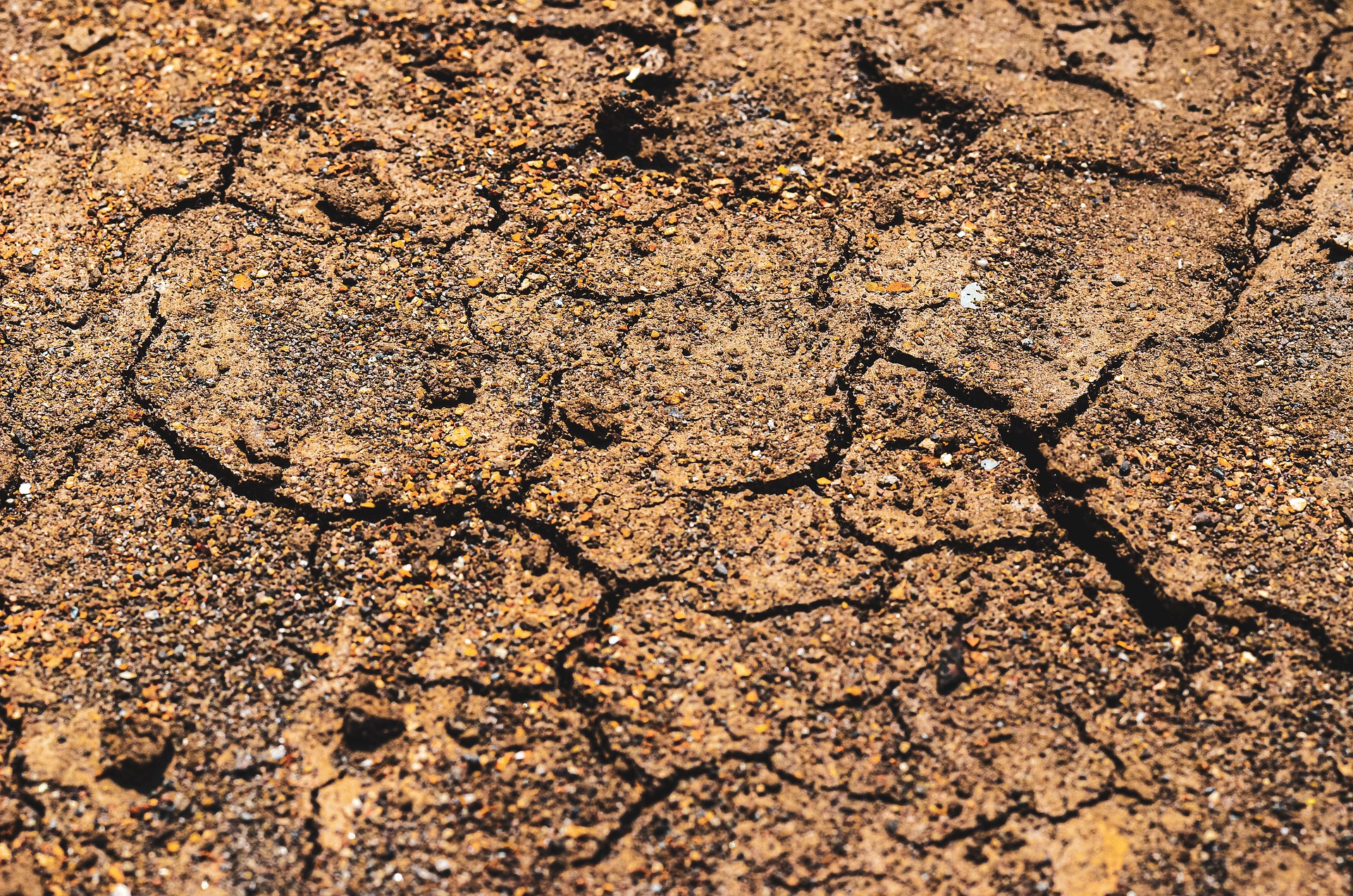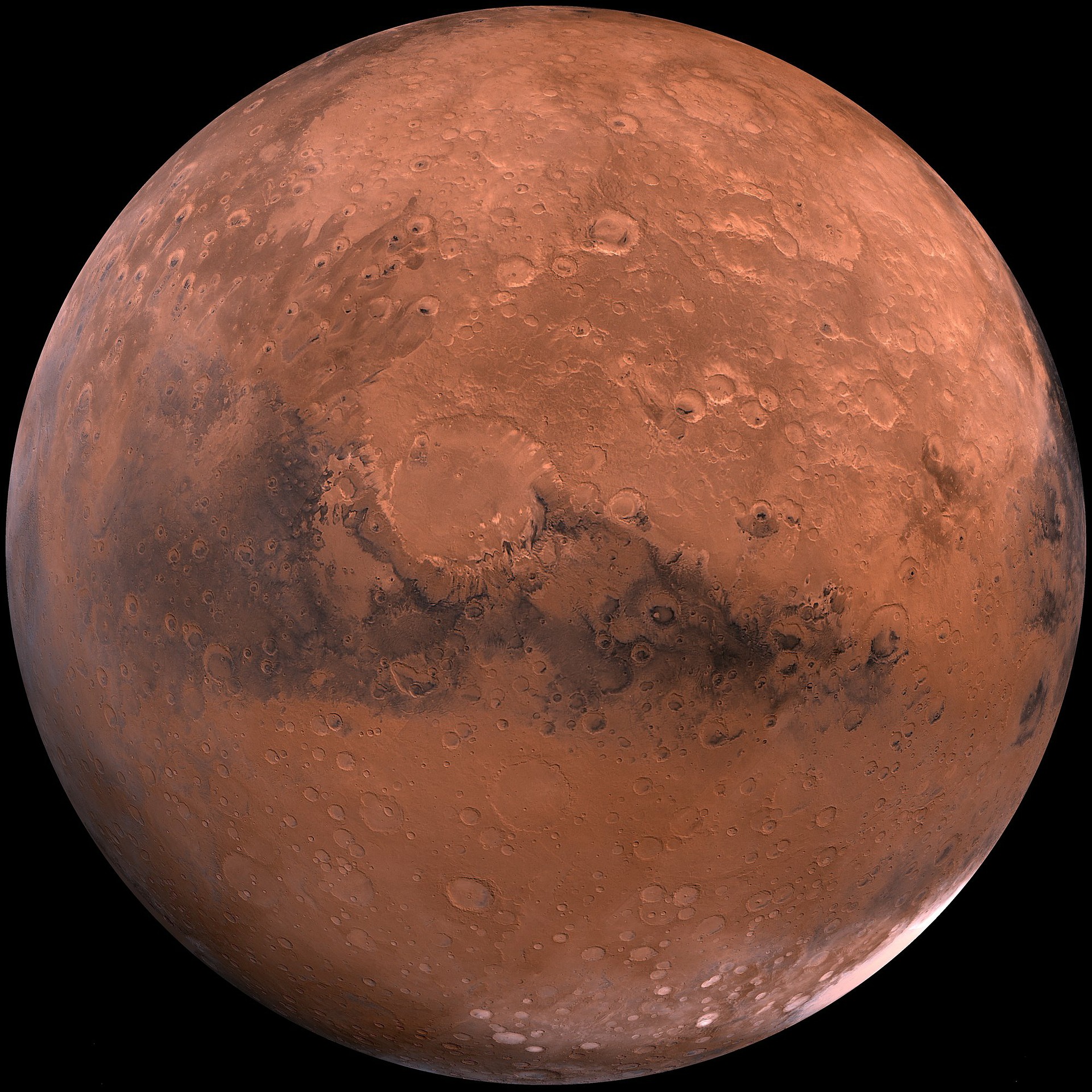Study of Marsquakes provide insight about the planet’s interior

A quake detector has detected Marsquakes and started to provide a first detailed insight at the Mars’ interior and has revealed that the planet has a thin crust and a hot molten core beneath the frigid surface.
For measuring Marsquakes, a French seismometer on NASA’s InSight stationary lander was sent there. The device arrived at Mars in 2018 and has actually detected 733 marsquakes so far, but the 35 with magnitudes from 3.0 to 4.0 are to serve as the basis for these studies.
Most of the sizable quakes originated in a volcanic region 1,000 miles (1,600 kilometers) away where lava may have flowed just millions of years ago.
On the basis of the reports provided by the device, scientists have reported that the Martian crust is within the thickness range of Earth’s. The Martian mantle between the crust and core is roughly half as thick as Earth’s. Similarly, the Martian core is on the high side of what scientists anticipated, although smaller than the core of our own nearly twice-as-big planet.
According to the new studies, scientists have confirmed that the Martian core is molten. However, international research teams says more research is needed to know whether Mars has a solid inner core like Earth’s, surrounded by a molten outer core.
Scientists said on Friday that the findings were based on about 35 marsquakes registered by the French seismometer.
As stated by in reports, current measurements show Mars’ crust possibly reaching as deep as 12 miles to 23 miles (20 kilometers to 37 kilometers) and the mantle extending down nearly 1,000 miles (1,600 kilometers). Likewise, it also shows a relatively lightweight core with a radius of 1,137 miles (1,830 kilometers). Whereas,Earth is almost double the size of Mars and its crust ranges from a few miles (kilometers) beneath the oceans to more than 45 miles (70 kilometers) beneath the Himalayas.
Scientists say the study may show how Mars, our solar system’s rocky planet formed.
As mentioned by NASA, inSight has been hit with a power crunch in recent months as dust covered its solar panels just as Mars was approaching the farthest point in its orbit around the sun. Its mission has been extended for two more years.
Boosting power by using the lander’s robot arm, Flight controllers have been trying to release sand into the blowing wind to knock off some of the dust on the panels. Although the seismometer is said to have continued working, all other science instruments remain on hiatus because of the power situation, except for a German heat probe. The probe was declared dead in January after it failed to burrow more than a couple feet (half a meter) into the planet.
Also Read Will Perseverance be able to search sign of life on Mars?


